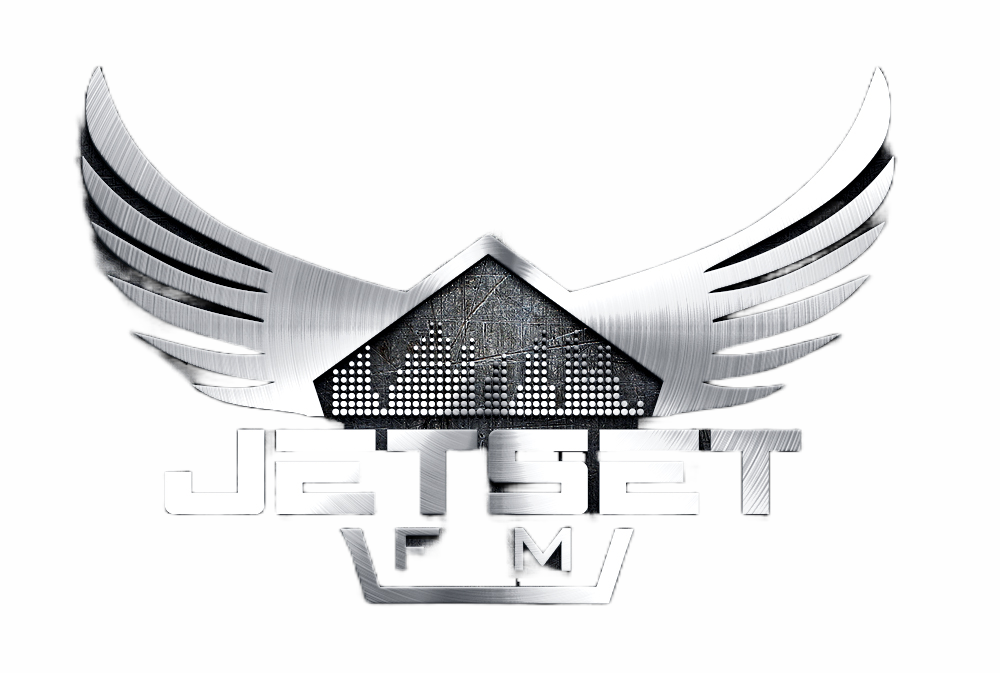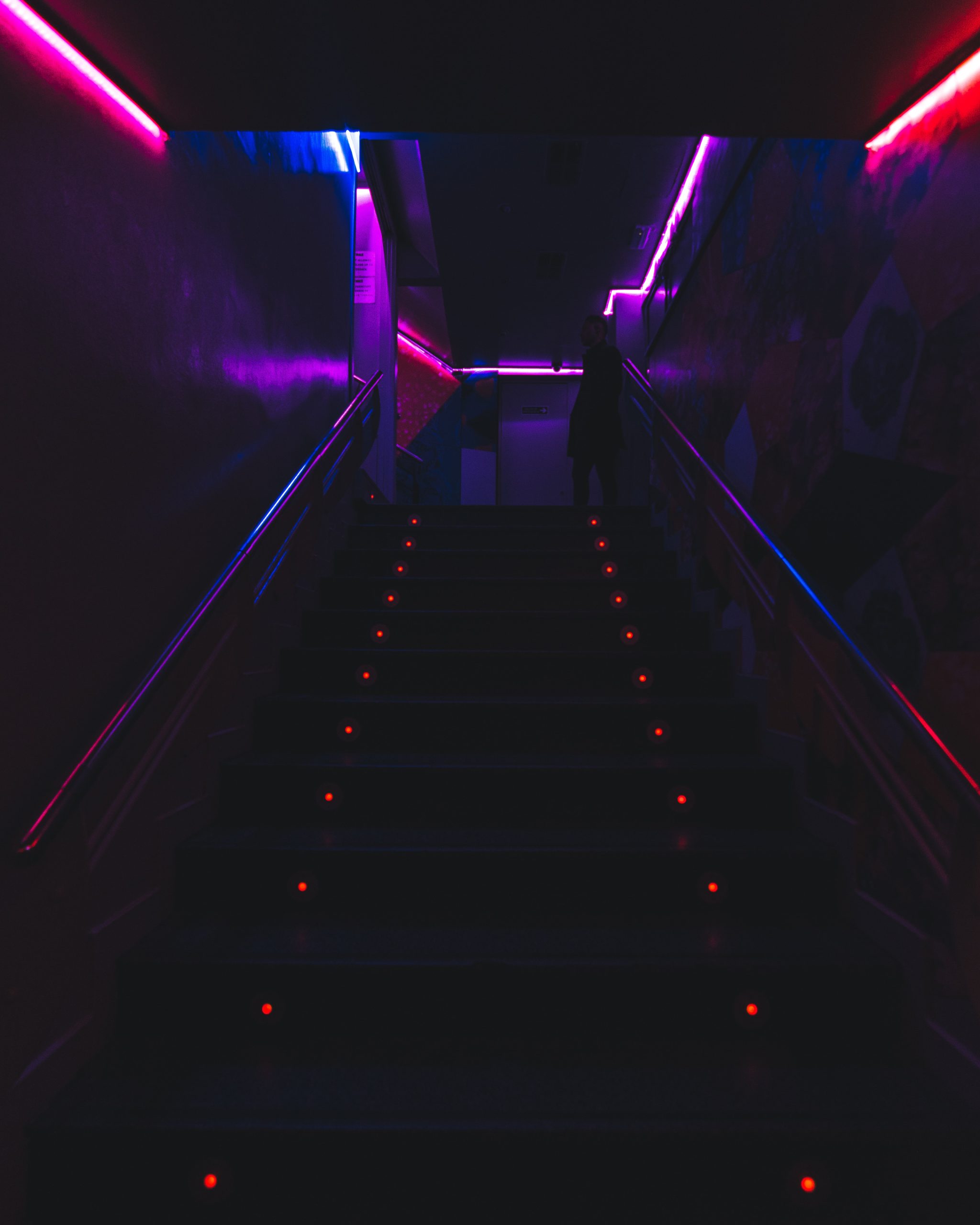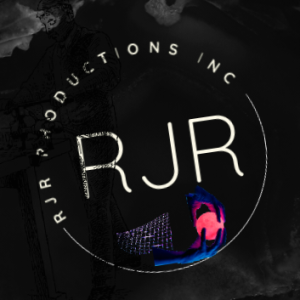Conversation Design Workflow: How to design your chatbot in 10 basic steps by Chiara Martino Voice Tech Podcast
Written by admin on October 18, 2022
You can enhance your bot personality by giving a unique name. It will make your customers feel like talking to a human agent, not to a robot. These bots rely on predefined paths, scripts, and dialogues during conversations. At each step during the conversation, the user will need to pick from explicit options that determine the next step in the conversation.
What are the 4 types of chatbots?
- Menu/button-based chatbots.
- Linguistic Based (Rule-Based Chatbots)
- Keyword recognition-based chatbots.
- Machine Learning chatbots.
- The hybrid model.
- Voice bots.
- Appointment scheduling or Booking Chatbots.
- Customer support chatbots.
Both use conversational user interfaces for human-computer interactions. A chatbot is a computer program that simulates human conversation. It can be used to create or enhance client service, marketing, and engagement experiences. Chatbots are commonly used in online customer service as they can quickly answer questions or give information about a product or service. Chatbot design combines elements of technology, user experience design, and good copywriting.
Know your users (and their input)
All interactions that ended with a fallback are saved in the Training tool. It allows you to review all user queries which your bot didn’t understand. And assign them to a specific interaction with just one click. If you regularly “train” your bot there will be fewer lapses every day. They are a safety net that is triggered when a conversation goes astray.
- If your bot is a long interview, you might want set the refresh rate a little longer, because it’s unlikely that the user will want to start over with the same interview.
- Use this chatbot template to create conversational onboarding flows and onboard new signed up users for your SaaS product.
- These might include clickable bubbles like ‘Support’, ‘Sales’, or ‘More information’ that guide visitors down a structured sequence.
- A natural end to a conversation to provide closure to the user and highlight the bot’s social intelligence.
Quick Answers – Or quick replies provide a way to present bot response buttons for the user. Quick Replies appear prominently above the composer, with the keyboard-less prominent. The users’ response messages are sent back to the bot when answers are tapped.
What are some popular chatbot development platforms?
Carousels, the UI element that bots use for showing sets of results, are simply not the best choice for displaying long lists. I am looking for a conversational AI engagement solution for the web and other channels. Kinshuk Kar is the Senior Director of Product Management at Engati, a platform to help leapfrog your customer engagement story with leading-edge technology. Would definitely remember to send a message to customers on every holiday.
How to design a chatbot that customers actually like – TechHQ
How to design a chatbot that customers actually like.
Posted: Tue, 25 Aug 2020 07:00:00 GMT [source]
Smart Reply – Similar to those familiar with Google Inbox, smart reply gives users a fast and easy way to respond to the bots questions without typing. Smart Reply saves time and pushes the user more efficiently through a conversation workflow. This can be particularly useful when the bot is context-aware or has some level of information at the ready about the user. For example, if you wanted to build a bot for SMS/texting, you won’t have access to cards or buttons. But if you were creating a chatbot experience for Facebook or a web interface, you can take advantage of these options and more. Google Assistant feedback emojis make it very easy for users to indicate how helpful they found a response.
How can you optimise the training of your Chatbot with our solutions?
Writing the conversation a user has with the chatbot is only one part of what a conversation designer does. Before we even start writing, the convo designer has to think through strategy, planning, outlining, and mapping flows. To put it more simply, conversation How To Design A Chatbot design helps a chatbot talk to a user, and helps the user understand what to do, so they achieve what they set out to do when they began their conversation. Just like in UX writing, users have a goal and chatbot writing helps them reach it.
The next best practice to follow is to use a visual chatbot builder. The easiest way to set up a chatbot project is to start small and develop it according to a structured schedule. Verification — In some cases, you’d want to verify user inputs before you perform the next action.
Conversational Interface Design: Where to Start
No coding – With zero coding, you can create a chatbot with less effort & time and for better customer engagement. Easy to use – A ready-to-use bot platform comprises predefined chatbot templates and it makes it easy to build the bot as per your needs and deploy it across multiple channels. The conversations that are complex and need additional support can be directed to the live chat agents. It is recommended that businesses should combine both channels to deliver a higher level of customer experience. Define goals – In order to have a successful chatbot, your customers need to know what your bot can do. By giving customers clear instructions on how to interact with your bot you will keep customers on the right track.
Your chatbot should be able to understand the user’s input. This means that you’ll need to design your chatbot with an NLP system. Also, your chatbot should be able to respond to the user in a way that is appropriate and helpful. This means considering the tone, style, and wording of your chatbot’s responses. Your chatbot should be able to handle user requests that are outside of its scope.


 RJR Productions Inc. 2024 All Rights Reserved
RJR Productions Inc. 2024 All Rights Reserved
